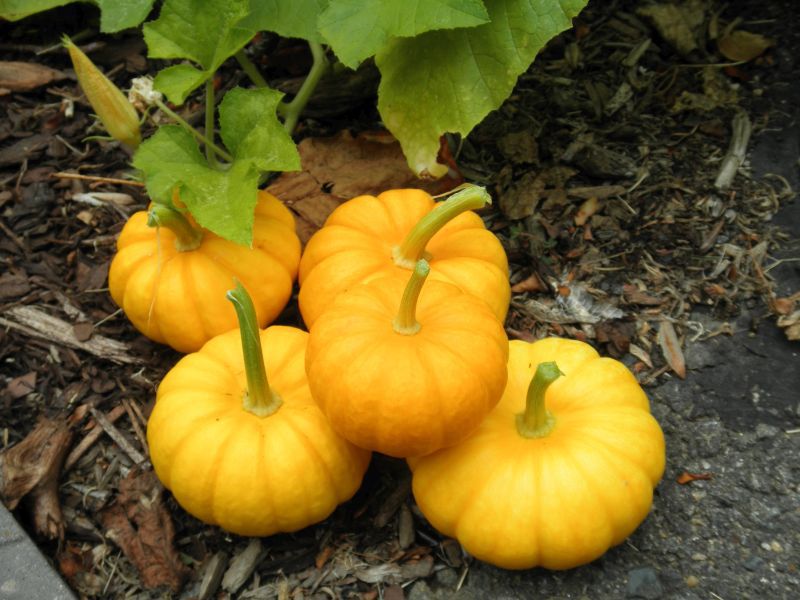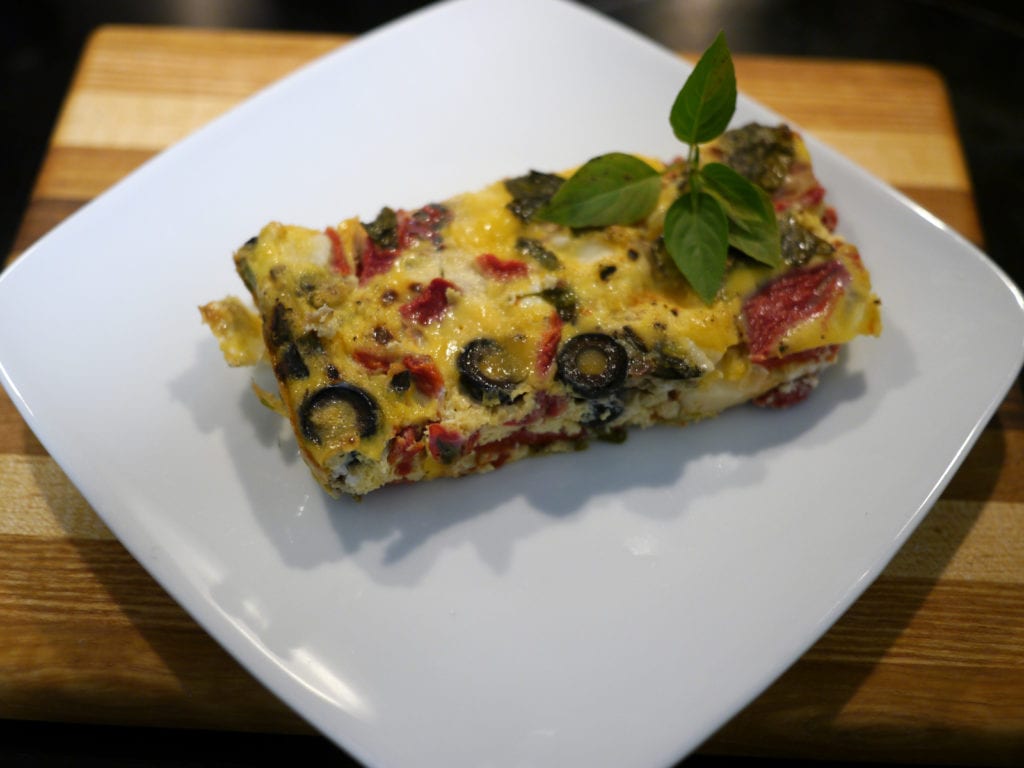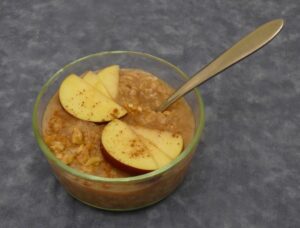
Happy Springtime!
First, do you have Celiac, or a condition that requires you to be strictly gluten-free? Are oats in your diet? It may be time to rethink that. Some of you can remember a time before oats were allowed on a gluten-free diet…because of cross-contamination and supply chain issues, it looks like we may (temporary) be heading back there. And yes, this problem extends to ones marked purity protocol and certified gluten free. More info here from Gluten-free Watchdog, because those are problematic, too. 30% of oat products. THIRTY PERCENT were above 5ppm–meaning, quantifiable levels of gluten, and some of them had significant levels. Since this is just a sample, this should be seen as a red flag.
The full reports with names are available on the Gluten-free Watchdog site for subscribers. As usual, I recommend supporting GFW’s wonderful work—because none of us are independently wealthy, and if the community doesn’t fund her work, no one will, and without her work, we wouldn’t have this information.
A Celiac & gluten-free review https://www.mdpi.com/2072-6643/15/6/1475
An interview with Dr. Fasano on Celiac news, neurological Celiac, future directions & more:
Inflammatory bowel disease, pregnancy and breastfeeding guidelines
A call to action for POTS research—reach out to your member of Congress! POTS is very under-funded.

I wrote an article with a colleague, Suzi Baxter to help expand nutrition programs to include people with disabilities. Disability includes everything from mobility limitations, but also conditions like Celiac, food allergies IBD, POTS, EDS and more. Bit by bit, change sometimes happens…
Time to get out and feed your little friends! Hummingbirds have landed in Virginia, and they’re hungry.
Cheryl Harris, MPH, RD is a Registered Dietitian Nutritionist and Certified Wellcoach working with clients in VA, DC & MD. She helps people with a range of digestive, including Celiac, IBS, Crohn’s, UC, gastroparesis, EDS, POTS & more. Let’s get you on your way to achieving your goals and feeling great! Email or call 571-271-8742.


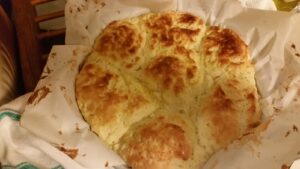
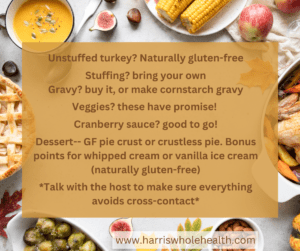

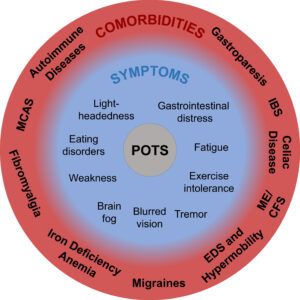 Ever heard of POTS (Postural Orthostatic Tachycardia Syndrome?) Too few people have. It’s fairly common, and before COVID, it affected around 1% of the population. I got POTS when I was in grad school, and it’s always been on my radar because 4% of people with POTS have Celiac, instead of the usual 1%, and ~95% of people have digestive issues. Since COVID, rates of POTS have increased significantly because it’s often post viral. I have a paper on the nutritional management of POTS in the
Ever heard of POTS (Postural Orthostatic Tachycardia Syndrome?) Too few people have. It’s fairly common, and before COVID, it affected around 1% of the population. I got POTS when I was in grad school, and it’s always been on my radar because 4% of people with POTS have Celiac, instead of the usual 1%, and ~95% of people have digestive issues. Since COVID, rates of POTS have increased significantly because it’s often post viral. I have a paper on the nutritional management of POTS in the 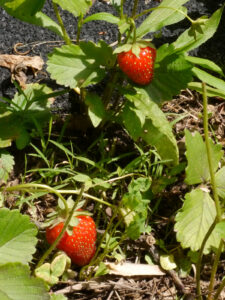 It’s still just barely still Celiac awareness month. So…may I recommend (request?) you do something to support the gluten-free community?
It’s still just barely still Celiac awareness month. So…may I recommend (request?) you do something to support the gluten-free community?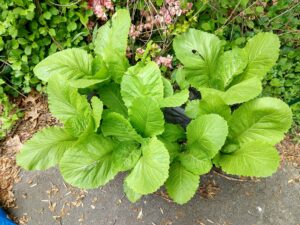
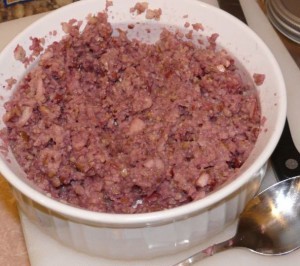 Passover isn’t here until April 15th but many of the products are already appearing in grocery stores. Not all Passover foods are gluten-free, but many are, and there’s a much wider selection than usual at the grocery store. This can be a good time to stock up on GF cakes and mixes, cookies, macaroons, some of the “bread” crumbs and supplies like potato starch. As an added bonus for people with multiple restrictions, most Kosher for Passover products contain no corn or soy products, either.
Passover isn’t here until April 15th but many of the products are already appearing in grocery stores. Not all Passover foods are gluten-free, but many are, and there’s a much wider selection than usual at the grocery store. This can be a good time to stock up on GF cakes and mixes, cookies, macaroons, some of the “bread” crumbs and supplies like potato starch. As an added bonus for people with multiple restrictions, most Kosher for Passover products contain no corn or soy products, either.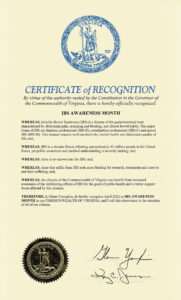



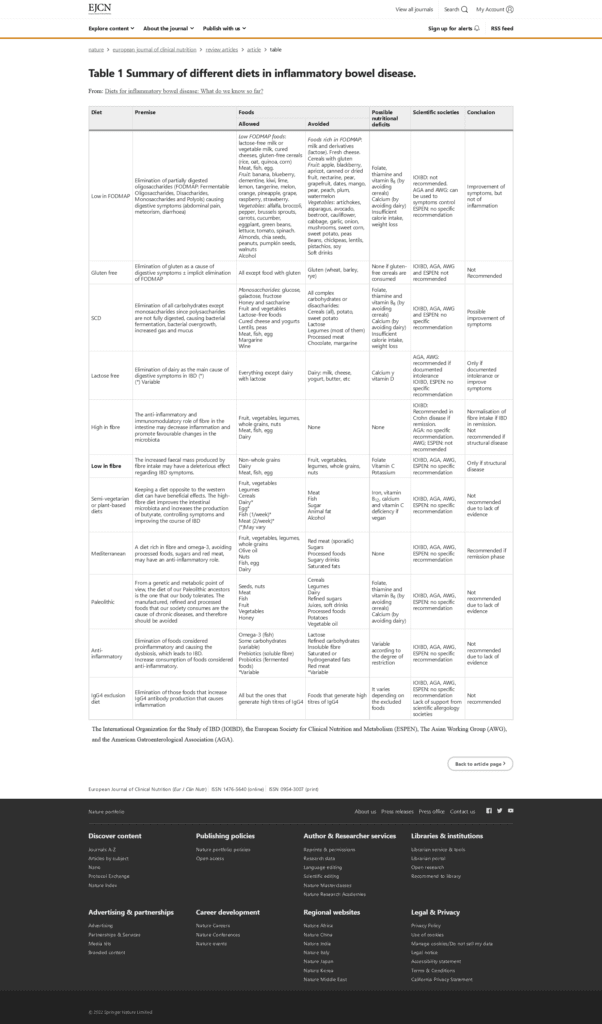

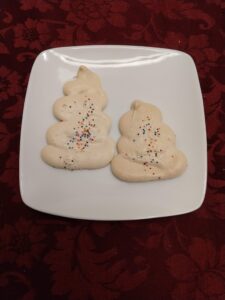
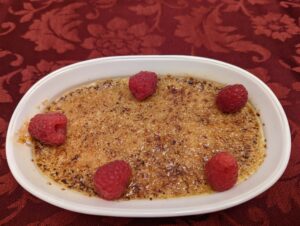 Toasted Sugar Almond and Hazelnut Meringues, above, (using
Toasted Sugar Almond and Hazelnut Meringues, above, (using 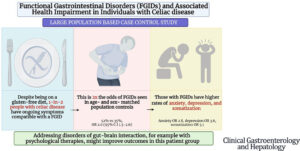
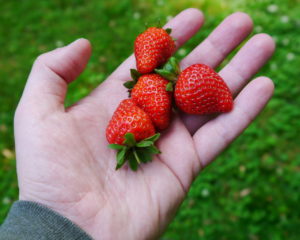 portions in the Monash app just don’t jive with what I’ve found with clients. Well…
portions in the Monash app just don’t jive with what I’ve found with clients. Well…